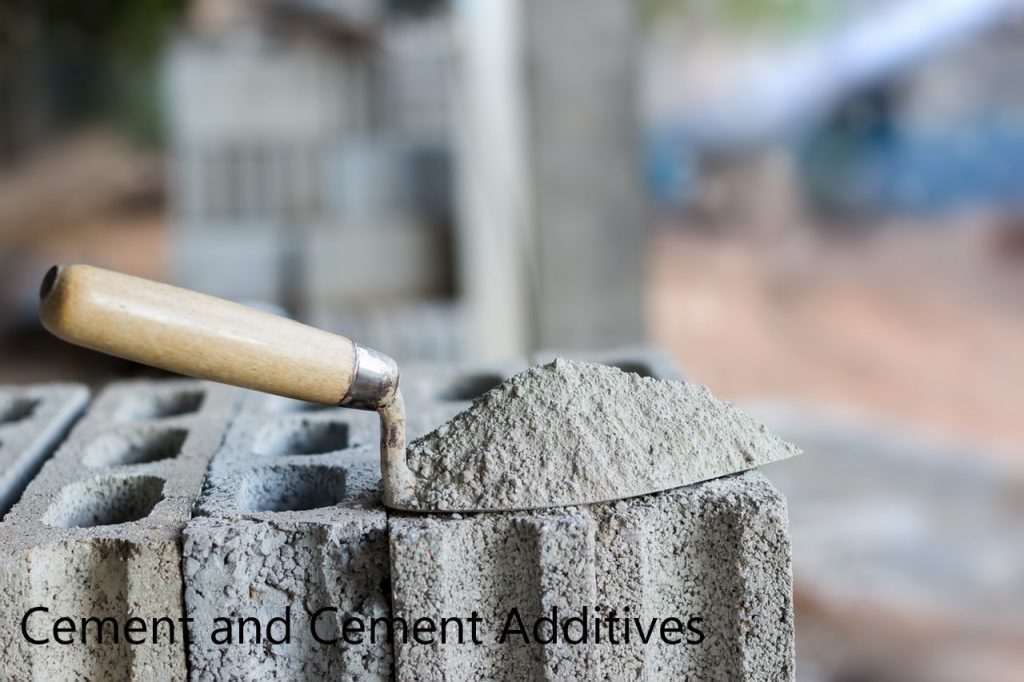In an era marked by environmental consciousness, the construction industry is facing an urgent need to address its carbon footprint. The impact of building construction on the environment is substantial, making it vital to adopt sustainable practices. This article delves into the intricacies of carbon footprint in building construction, exploring eco-friendly materials, energy-efficient design, and the role of technology in mitigating the industry’s environmental impact.
The construction industry is notorious for its massive carbon footprint. From the extraction of raw materials to the transportation of construction components, every stage of building construction contributes to environmental degradation.
Understanding and reducing this carbon footprint are pivotal in constructing a sustainable future. Use of the sustainable construction materials is becoming mandatory to survival of the living beings.
What Is a Carbon Footprint?
A carbon footprint represents the total amount of greenhouse gas emissions produced directly and indirectly by human activities.
In the context of building construction, this includes emissions from the manufacturing of construction materials, transportation, energy consumption, and waste generation.
A carbon footprint encompasses various greenhouse gases, including carbon dioxide (CO2), methane (CH4), nitrous oxide (N2O), and fluorinated gases. Each of these gases has a different global warming potential, and they are measured in terms of carbon dioxide equivalents (CO2e) to provide a standardized measure of their impact on climate change.
The carbon footprint of building construction is typically measured in terms of CO2e emissions produced during every phase of a construction project. This includes the following stages:
Factors Contributing to the Carbon Footprint
- Material Production: The extraction, manufacturing, and transportation of construction materials, such as cement, steel, and glass, contribute significantly to emissions. Concrete, for instance, is a major source of carbon emissions due to the energy-intensive production of cement.
- Construction: On-site activities, including energy use, transportation of workers and materials, and equipment operation, add to the carbon footprint. Fuel-powered machinery and vehicles are common culprits.
- Building Operation: Once constructed, the operational phase includes energy consumption for heating, cooling, lighting, and appliances within the building. Inefficient HVAC systems and non-renewable energy sources can increase emissions.
- End of Life: Demolition, disposal, and recycling of a building also have an environmental impact, as it affects waste generation and resource use. Landfills and energy-intensive recycling processes contribute to the carbon footprint.
The carbon footprint can vary greatly depending on the size and type of construction project, the materials used, and the energy efficiency of the building. Larger and more energy-intensive projects tend to have a higher carbon footprint.

Image Source: Internet
Importance of Carbon Footprint
Understanding the importance of a carbon footprint is crucial in addressing the environmental challenges associated with building construction. Here are some key aspects:
- Environmental Awareness
Measuring the carbon footprint of building construction projects increases environmental awareness among stakeholders. This awareness fosters a sense of responsibility and encourages the industry to adopt more sustainable practices.
- Climate Change Mitigation
The construction industry is a significant contributor to global carbon emissions, and mitigating its carbon footprint is essential in addressing climate change. By quantifying and reducing emissions, the industry can play a substantial role in mitigating global warming.
- Resource Conservation
A lower carbon footprint often correlates with reduced resource consumption. By using sustainable materials and optimizing energy usage, the construction industry can preserve valuable resources for future generations.
- Regulatory Compliance
As governments and regulatory bodies implement stricter environmental regulations, understanding and minimizing the carbon footprint becomes a legal necessity. Compliance with these regulations is essential to avoid penalties and legal issues.
- Competitive Advantage
Companies that proactively reduce their carbon footprint can gain a competitive edge. Green building practices appeal to environmentally conscious clients and investors, enhancing a company’s reputation and marketability.
The construction industry is a significant contributor to global carbon emissions, responsible for approximately 39% of the world’s carbon footprint. This staggering figure underscores the industry’s impact on climate change.
Construction processes release carbon dioxide (CO2), methane (CH4), and other greenhouse gases into the atmosphere. These emissions contribute to global warming, air pollution, and resource depletion.
To reduce carbon emissions, the construction industry is increasingly turning to sustainable building materials. These include recycled materials, renewable resources, and low-carbon alternatives that reduce the carbon footprint of construction.
The design phase is critical in minimizing energy consumption during a building’s operational life. Energy-efficient design strategies, such as proper insulation and natural lighting, significantly reduce a structure’s long-term carbon emissions.
Green building certifications like LEED (Leadership in Energy and Environmental Design) and BREEAM (Building Research Establishment Environmental Assessment Method) provide guidelines and recognition for environmentally friendly construction practices.
Efforts to reduce the carbon footprint during construction include optimizing transportation routes, reducing energy consumption on-site, and minimizing waste generation.
Technological innovations such as Building Information Modeling (BIM) and smart construction materials enhance the efficiency and sustainability of building projects.
Effective waste management practices divert construction waste from landfills and promote recycling, reducing the carbon footprint associated with waste disposal.
Examining real-world examples of sustainable construction projects highlights successful approaches to reducing carbon footprints.
The construction industry is evolving, with a shift toward sustainable practices, innovative materials, and eco-friendly technologies that promise a greener future.
As the world grapples with the consequences of climate change, reducing the carbon footprint in building construction is an imperative goal. Sustainable materials, energy-efficient design, waste management, and technological advancements are key tools in achieving this. By adopting eco-friendly practices, the construction industry can pave the way for a more sustainable and environmentally responsible future.


